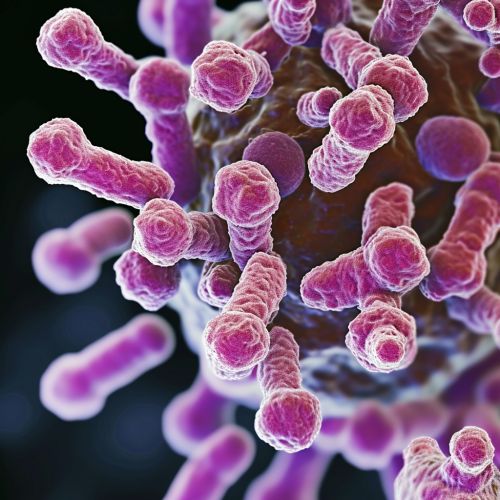Bubonic Plague
Introduction
The bubonic plague is a highly infectious and often deadly disease caused by the bacterium Yersinia pestis. It is primarily transmitted through the bite of infected fleas that live on small mammals, particularly rats. The disease is named for the characteristic buboes, or swollen lymph nodes, that typically develop in the groin, armpit, or neck.


History
The bubonic plague has been responsible for several major pandemics throughout history, including the Black Death in the 14th century, which is estimated to have killed 75-200 million people across Europe, Asia, and Africa. Other notable outbreaks include the Plague of Justinian in the 6th century and the Third Pandemic in the late 19th and early 20th centuries.
Symptoms and Diagnosis
The initial symptoms of bubonic plague include sudden onset of fever, chills, headache, and weakness, along with one or more swollen, tender, and painful lymph nodes. If left untreated, the bacteria can spread to other parts of the body, causing septicemic or pneumonic plague, both of which have higher mortality rates.
Diagnosis of bubonic plague is typically confirmed through laboratory testing, including blood tests, cultures of body fluids, or a lymph node aspirate if a bubo is present.
Transmission and Epidemiology
Bubonic plague is primarily transmitted through the bite of an infected flea. The bacteria multiply in the flea's gut, which becomes clogged with bacteria. When the flea bites a host, it regurgitates the bacteria into the host's bloodstream.
While rats are the most common host for plague-carrying fleas, other small mammals, including squirrels, prairie dogs, and rabbits, can also serve as hosts. In rare cases, bubonic plague can be transmitted through direct contact with infected bodily fluids or tissues, or through inhalation of respiratory droplets from a person or animal with pneumonic plague.
Treatment and Prevention
Bubonic plague can be effectively treated with antibiotics, including streptomycin, gentamicin, doxycycline, or ciprofloxacin. Treatment should be initiated as soon as possible after the onset of symptoms to reduce the risk of complications or death.
Prevention of bubonic plague primarily involves controlling flea and rodent populations, particularly in areas where plague is endemic. Personal protective measures, such as using insect repellent and wearing long pants and socks when in areas with high flea populations, can also reduce the risk of infection.
Impact on Society and Culture
The bubonic plague has had a profound impact on society and culture throughout history. The Black Death, in particular, led to significant social, economic, and religious changes in Europe, including a shift in the balance of power from the nobility to the peasantry, the rise of the middle class, and a decline in the power of the Catholic Church.
